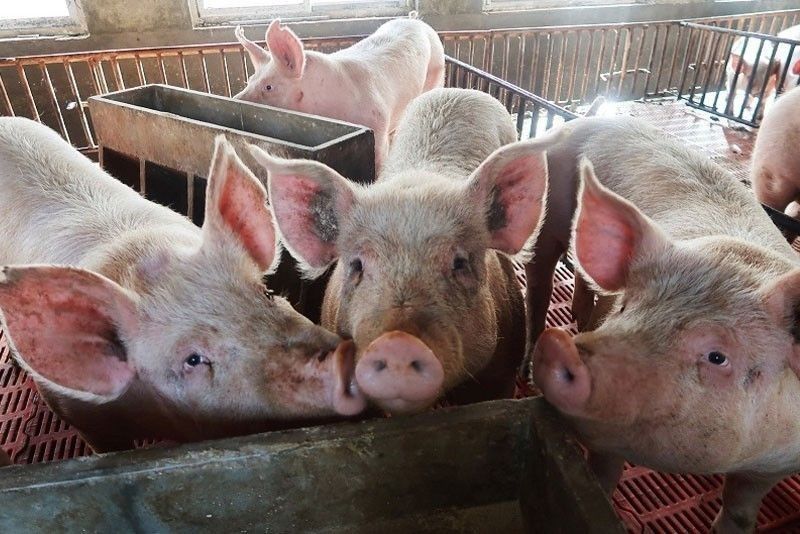Swine industry urged to produce 2M more pigs yearly to recover from swine fever

MANILA, Philippines — The Department of Agriculture (DA) urged the swine industry to raise an additional two million hogs annually to restore the pig population, which was decimated by the African Swine Fever (ASF) outbreak in 2019.
At the 31st National Hog Convention and Trade Exhibit on Thursday, March 27, Agriculture Secretary Francisco Tiu Laurel Jr. said the goal is to return to pre-ASF levels by 2028.
The DA estimates that the country lost around six million pigs when the outbreak first struck in 2019. The current hog population stands at around eight million, down from 14 million before the disease.
“My challenge to the industry is clear: we need to produce an additional two million hogs each year — through 2026, 2027 and 2028 — to return to pre-ASF levels…and that’s the minimum,” Tiu Laurel said.
With the potential rollout of a commercial ASF vaccine in 2025, Tiu Laurel said the swine industry’s recovery could speed up, bolstered by the expected financial support from the proposed Animal Industry Development and Competitiveness Act.
The House-approved measure seeks to allocate P20 billion annually for 10 years to develop the domestic livestock, dairy and poultry sectors, with funding sourced from tariffs on imported meat and dairy products. Of this, P4 billion will be earmarked for the swine industry’s recovery and development.
RELATED: Food security gets boost from P20 billion animal competitiveness fund
Restoring the country’s hog population, Tiu Laurel said, is crucial to reducing pork imports. He has tasked DA Undersecretary for Livestock Dante Palabrica with drafting a recovery plan for the sector.
Meanwhile, the DA has secured commitments from two major commercial hog producers to expand their operations, each pledging to increase production by 500,000 pigs starting in 2026.
Livestock and poultry account for one-fourth of the country’s agricultural output, the department said, with pork and chicken making up more than half of Filipinos’ protein intake. The industry also supports 2.8 million farmers.
The country continues to struggle with high pork prices in Metro Manila, with some cuts exceeding P400 per kilogram.
Pork producers are calling for another round of consultations after the DA imposed a maximum suggested retail price, which the agency found is largely being ignored.
RELATED: Pork producers urge consultations as retail prices surpass P400 per kilo despite price cap
- Latest
- Trending






























